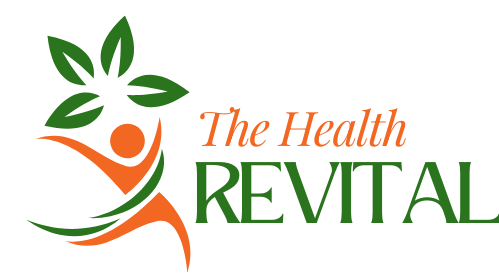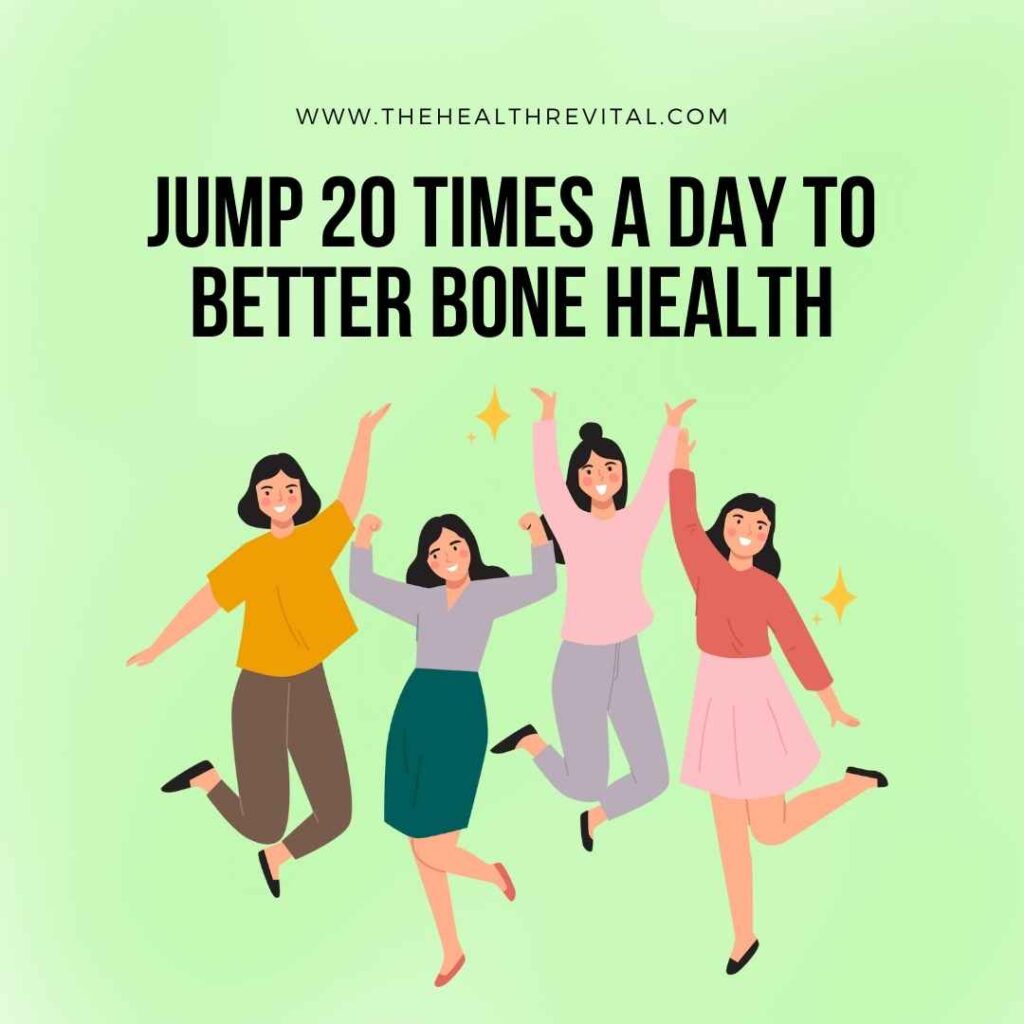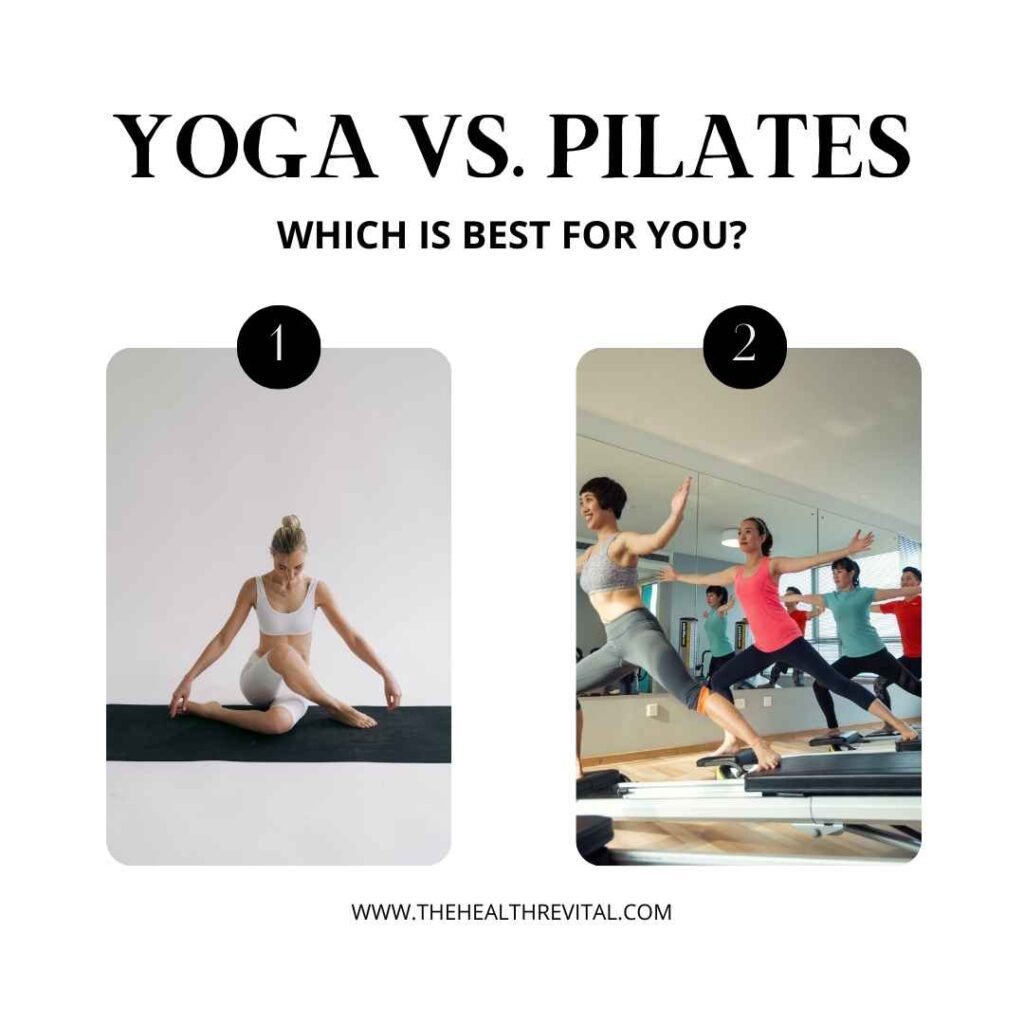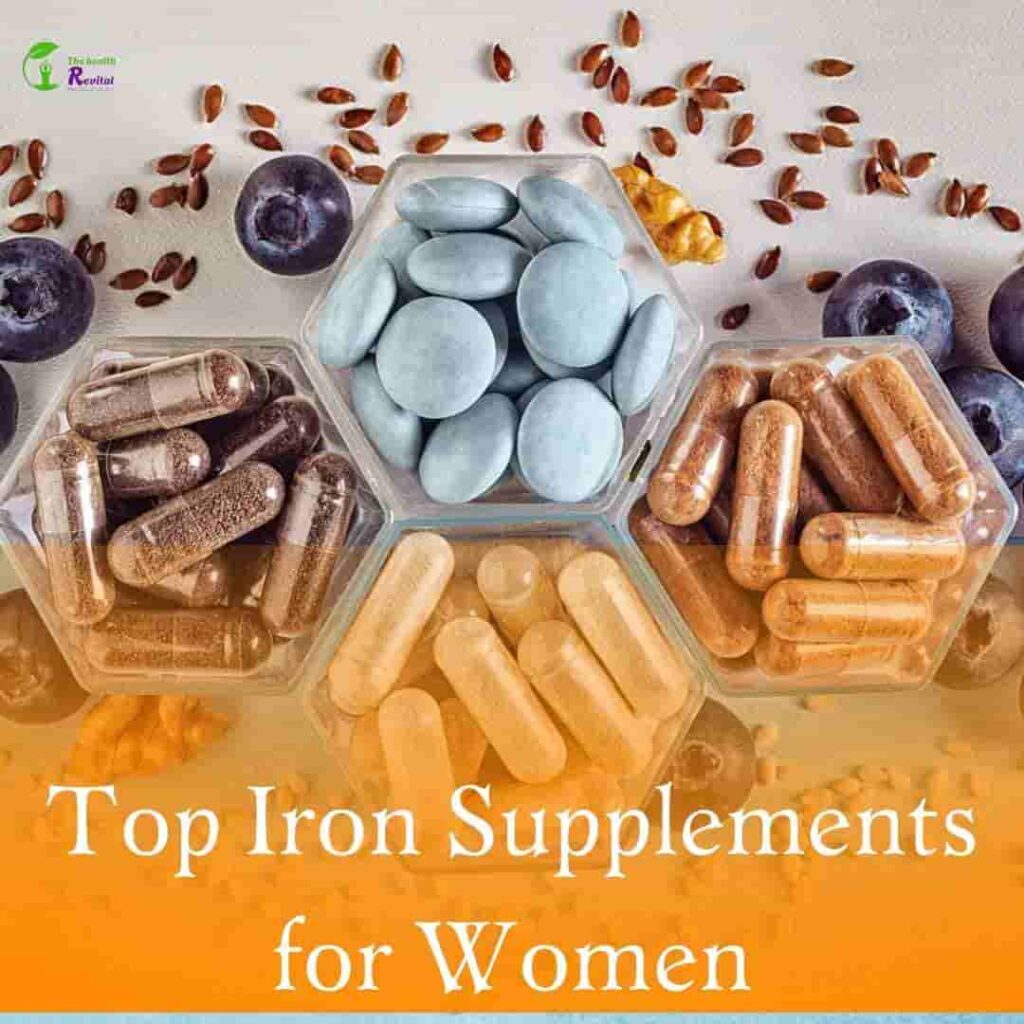How to Increase Your Blood Oxygen Levels Naturally?
How to Increase Your Blood Oxygen Levels Naturally? The blood in your body delivers oxygen to all your cells, playing a vital role in maintaining energy, supporting immunity, and aiding in cellular repair. When you breathe, your lungs draw in fresh oxygen, which binds with red blood cells and circulates throughout your body. This continuous […]
How to Increase Your Blood Oxygen Levels Naturally? Read More »











